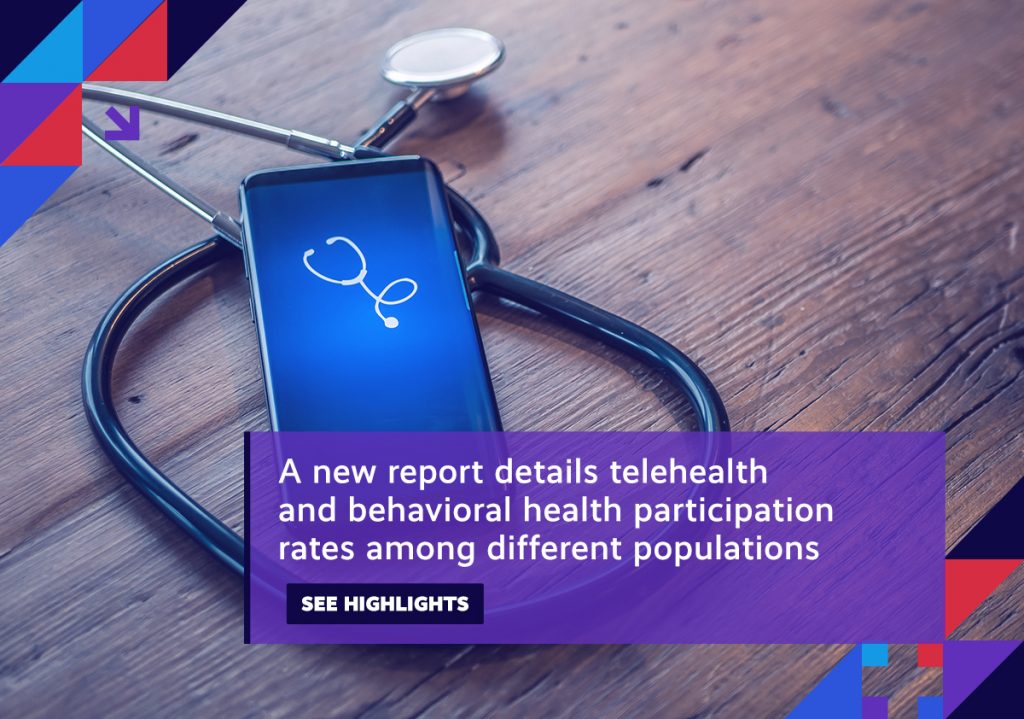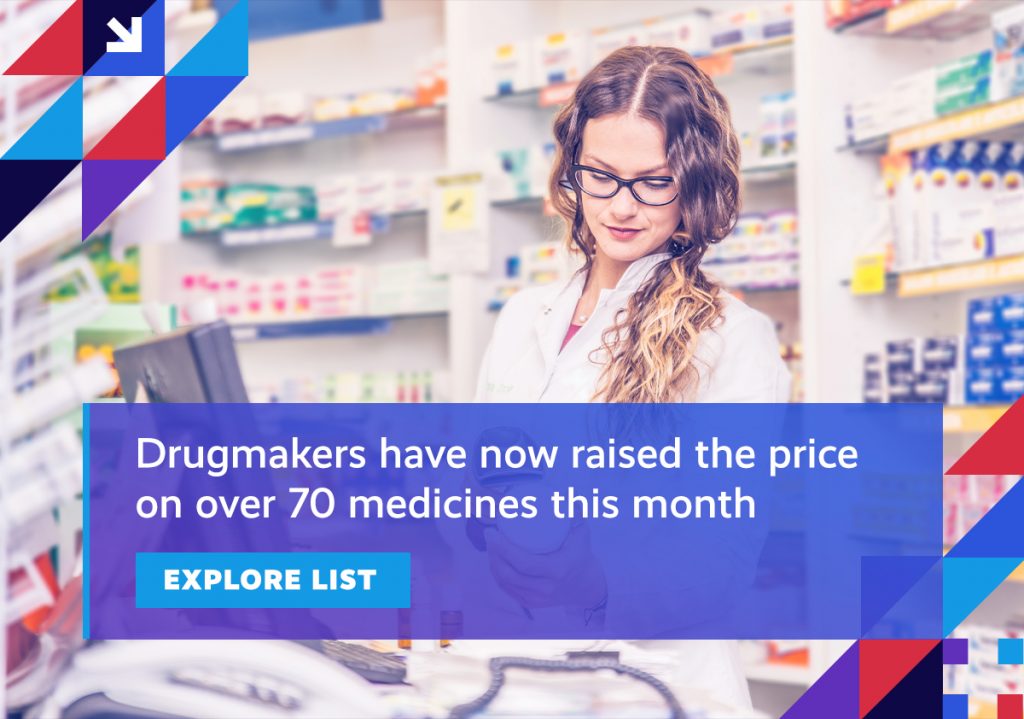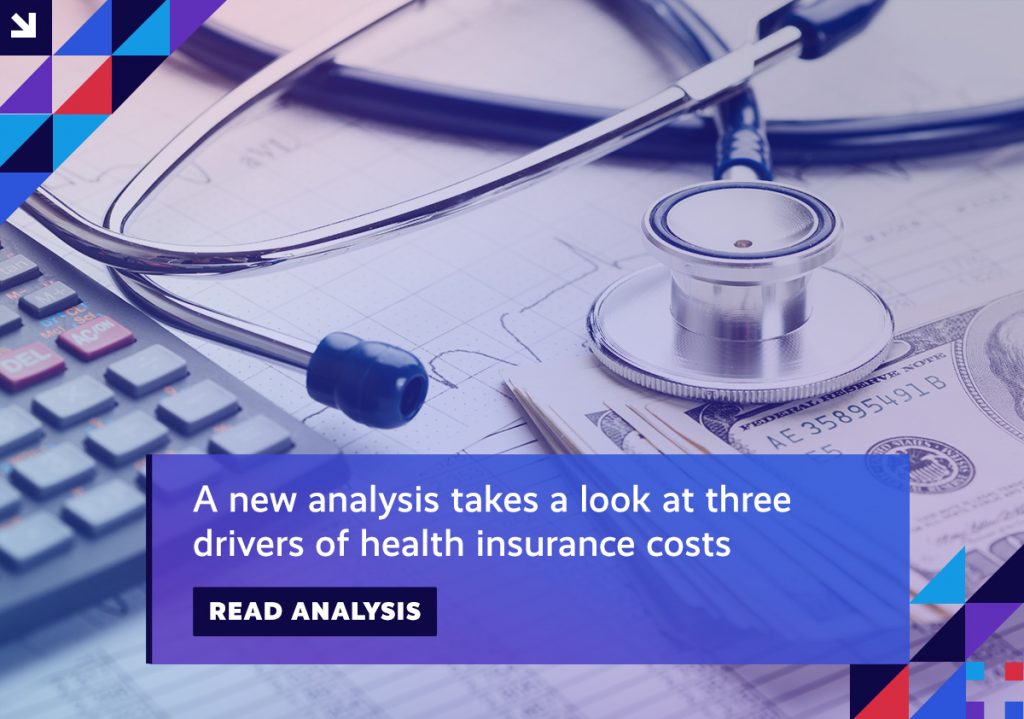New penalties are proposed for hospitals failing to comply with price transparency rules; meanwhile, trauma centers are found to charge enormous fees for minor injuries; the tally rises on drugmakers’ mid-year price hikes; and, more than 2 million people have now signed up for coverage during the special enrollment people.
We encourage you to stay involved as implementation efforts surrounding healthcare reform progress. Visit the Health Action Network and be sure to let us know what’s on your mind.
Item of the Week

Week in Review
Cost of Noncompliance: Last Monday, the Centers for Medicare and Medicaid Services (CMS) released new proposed rules that would raise the maximum penalty for large hospitals that fail to comply with new price transparency rules that went into effect earlier this year. That penalty, which would now be as high as $2 million, is meant to bring the vast majority of non-compliant hospitals into compliance with the existing rules, requiring health systems to disclose the prices for hundreds of common services and procedures to patient-consumers. If finalized, the proposed rule would impact hospitals differently, depending on their relative sizes. For instance, facilities with 30 beds or fewer will still face the $300 a day penalty for failing to disclose their prices. But, larger facilities would be fined $10 per bed per day, with a daily cap of $5,500, making a full year’s worth of violations ranging from approximately $100,000 to about $2 million.
Trauma Center Fees: A light has been shined on a new front in the escalating effort to draw attention to the role that providers have been playing in driving up healthcare costs. Categorized as “trauma activation fees”, these charges have been quietly used by hospitals with increased frequency as revenue generators. These fees – which are billed on top of what a facility charges for emergency medical care – represent the mobilization of a hospital’s team of clinicians to administer trauma care, regardless of whether or not that team even ends up treating the patient. In fact, according to the analysis performed and published by Kaiser Health News, such incidences happen tens of thousands of times every year, in which hospitals charge enormously expensive trauma fees for injuries so minor that patients aren’t even admitted.
Mid-Year Rx Price Hikes: Continuing their pattern of twice-yearly price hikes, drug manufacturers have now raised the prices of dozens of products since the beginning of July. While these increases pale in comparison to the more than 800 drugs that saw price increases at the start of the year, they reinforce a trend that’s seen the pharmaceutical industry carry on with business-as-usual, despite the ongoing pandemic upending so much of the rest of the healthcare industry, not to mention consumers’ access to that industry. As soon as the calendar turned to July, manufacturers immediately raised prices on over 30 drugs by an average of 3.6 percent. Research has shown that drug price list changes have direct downstream impacts on prices that consumers ultimately pay for their drugs, which only serves to heighten the growing alarm at this latest round of price hikes.

SEP Enrollment: Earlier this month, CMS officials announced that more than 2 million people have signed up for health coverage during the ongoing special enrollment period (SEP) on both the federal and state health insurance exchange marketplaces. The enrollment tally includes plan selections made between 15 February of this year through the end of June. Drilling further into the numbers, some 1.5 million people have signed up for coverage through the federal exchange, while more than 600,000 have done so in the 14 states and the District of Columbia that run their own exchange. The SEP is set to expire in just under three weeks on 15 August, though an extension is already being discussed. The state exchanges have their own deadlines.

| You can keep up with the latest by following the Health Action Network on Twitter and by liking us on Facebook. And, be sure to check us out on LinkedIn, too. As always, let us know if there’s something you’d like to see covered in a future newsletter. |
